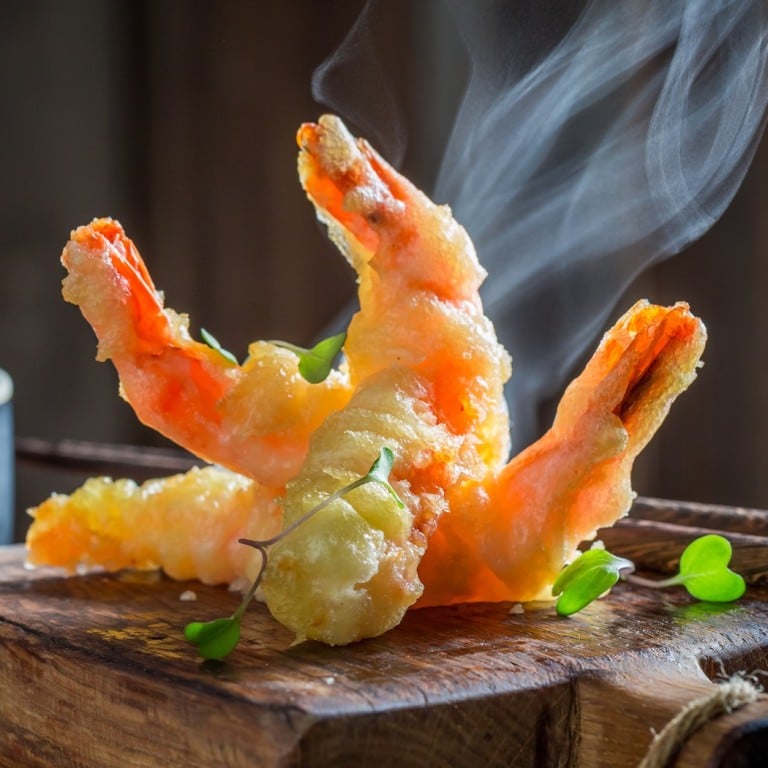Wait, tempura isn’t Japanese? So where is everyone’s favourite healthy fried food really from?

It’s one of Japanese food’s most iconic staples, but the truth is, tempura isn’t from Japan at all – well, kind of
Tempura – that classic Japanese dish. Or is it? It is most likely that Japan’s iconic dish of vegetables, fish or seafood coated in batter and deep-fried actually originated in Portugal.
The Portuguese took peixinhos da horta – a dish of battered and fried green beans, along with the technique of deep frying in oil – to Japan in the 16th century. It is this key dish that probably developed into tempura.

It was in 1543 that a Chinese ship with three Portuguese sailors on board was swept off course on its way to Macau. The ship ended up on the Japanese island of Tanegashima, making these three unsuspecting sailors the first Europeans to ever step foot on Japanese soil. From this accidental beginning, Portuguese trade with Japan slowly began, initially focused on guns, but also household items such as soap, wool, tobacco and, eventually, recipes.
Tradition is a big contradiction, because what we call tradition now was at some point evolution. Times and wills change, and people change, so food has to change as well
The Japanese adapted the recipe for peixinhos da horta by lightening the batter. Over the centuries, they developed batter-making into an art form, elevating the humble fritter coating to a delicate, almost transparent, gauze. They also used their own, seasonal and regional produce as fillings. Now, everything from shrimp to fugu (the potentially deadly blowfish), and shiitake mushrooms to sweet potatoes, are turned into tempura, traditionally served with a dipping sauce, usually made from dashi stock, rice wine and soy sauce.

The origin of the name “tempura” is believed to stem from the Latin word “tempora”, which refers to times of fasting when the Catholic Church dictated that followers avoid eating meat. During these periods, Portuguese Catholics would batter and fry vegetables instead of poultry or fish. The Portuguese translation of peixinhos do horta is “little fish of the garden”.
“I think of it as one of the first signs of globalisation,” says João Rodrigues, head chef at Michelin-starred Restaurante Feitoria in Lisbon. “Tradition is a big contradiction, because what we call tradition now was at some point evolution. Times and wills change, and people change, so food has to change as well.”
The adventurous Portuguese sailors of the 15th and 16th centuries were instrumental in moving many edible items around the world – they introduced chillies from the Americas to India, for example.